Extracellular UTP signalling in Schwann cell migration: A novel role of the P2Y2 receptor
dc.contributor
Universitat Internacional de Catalunya. Departament de Ciències Bàsiques
dc.contributor.author
Lamarca Dams, Aloa
dc.date.accessioned
2013-09-24T10:32:26Z
dc.date.available
2013-09-24T10:32:26Z
dc.date.issued
2013-09-13
dc.identifier.uri
http://hdl.handle.net/10803/121635
dc.description.abstract
Peripheral neuropaties are one of the major complications of the Peripheral Nervous System. Depsite the big importance of those pathologies, less drugs are effective for their treatment, and most of the prescribed drugs are based on the inhibition of pain. Nucleo CMP forte is a drug mainly composed of nucleotides (UMP, UDP, UTP and CMP), prescribed to patients with Peripheral Nervous System disorders. But their exact mechanism of action is still unknown. Because extracellular nucleotides can act as signalling molècules, our research group focus the studies in which are the effects of the Nucleo CMP forte drug and the triphosphate nucleotides in Schwann cells, one of the most important population in the regeneration of the Peripheral Nervous System. In response to peripheral nerve injury, Schwann cells adopt a migratiory phenotype and modify the extracellular matrix to make it permissive for cell migration and axonal regrowth. UTP and other nucleotides are released during nerve injury and activate purinergic receptors expresed on the Schwann cell surface, but little is known on the involvement of purine signalling in wound healing.
Our results demonstrated that UTP treatment induces Schwann cell migration and wound healing, through the activation of the P2Y2 receptor. P2Y activation induces a biphasic MAPK activation (Early and Late) and also the activation of an extracellular metalloproteinase (MMP-2). Knockdown of the P2Y2 receptor or of MMP-2, using specific shRNAs, highly reduced cell migration and wound closure induced by UTP. MMP-2 activation evoked by injury or UTP was also mediated by the phosphorylation of all three major mitogen-activated protein kinases (MAPKs: ERK ½, p38 and JNK). Inhibition of these MAPKs decreased both MMP-2 activation and cell migration. Interestingly inhibition of MMP-2 activity, selectively blocked the late, but not the early MAPKs activation. These results suggest that MMP-2 activation and the late MAPKs phosphorylation are part of a positive feedback mechanism to maintain the migratory phenotype for wound healing. Moreover, treatment with UTP stimulates Schwann cell migration and wound repair through a MMP-2-dependent mechanism via P2Y receptors and MAPKs pathway activation.
dc.format.extent
255 p.
dc.format.mimetype
application/pdf
dc.language.iso
cat
dc.publisher
Universitat Internacional de Catalunya
dc.rights.license
L'accés als continguts d'aquesta tesi queda condicionat a l'acceptació de les condicions d'ús establertes per la següent llicència Creative Commons: http://creativecommons.org/licenses/by-nc-nd/3.0/es/
dc.rights.uri
http://creativecommons.org/licenses/by-nc-nd/3.0/es/
*
dc.source
TDX (Tesis Doctorals en Xarxa)
dc.subject
Nucleotides
dc.subject
Peripheral neuropathies
dc.subject
P2Y receptors
dc.subject
MAPK
dc.subject
Metalloproteinases
dc.subject
Migration
dc.subject.other
Biologia i Neurociència
dc.title
Extracellular UTP signalling in Schwann cell migration: A novel role of the P2Y2 receptor
dc.type
info:eu-repo/semantics/doctoralThesis
dc.type
info:eu-repo/semantics/publishedVersion
dc.subject.udc
576
dc.contributor.authoremail
aloa.lamarca@gmail.com
dc.contributor.director
Gella Concustell, Alejandro
dc.contributor.codirector
Casals Farré, Núria
dc.embargo.terms
cap
dc.rights.accessLevel
info:eu-repo/semantics/openAccess
dc.identifier.dl
B. 23470-2013
